
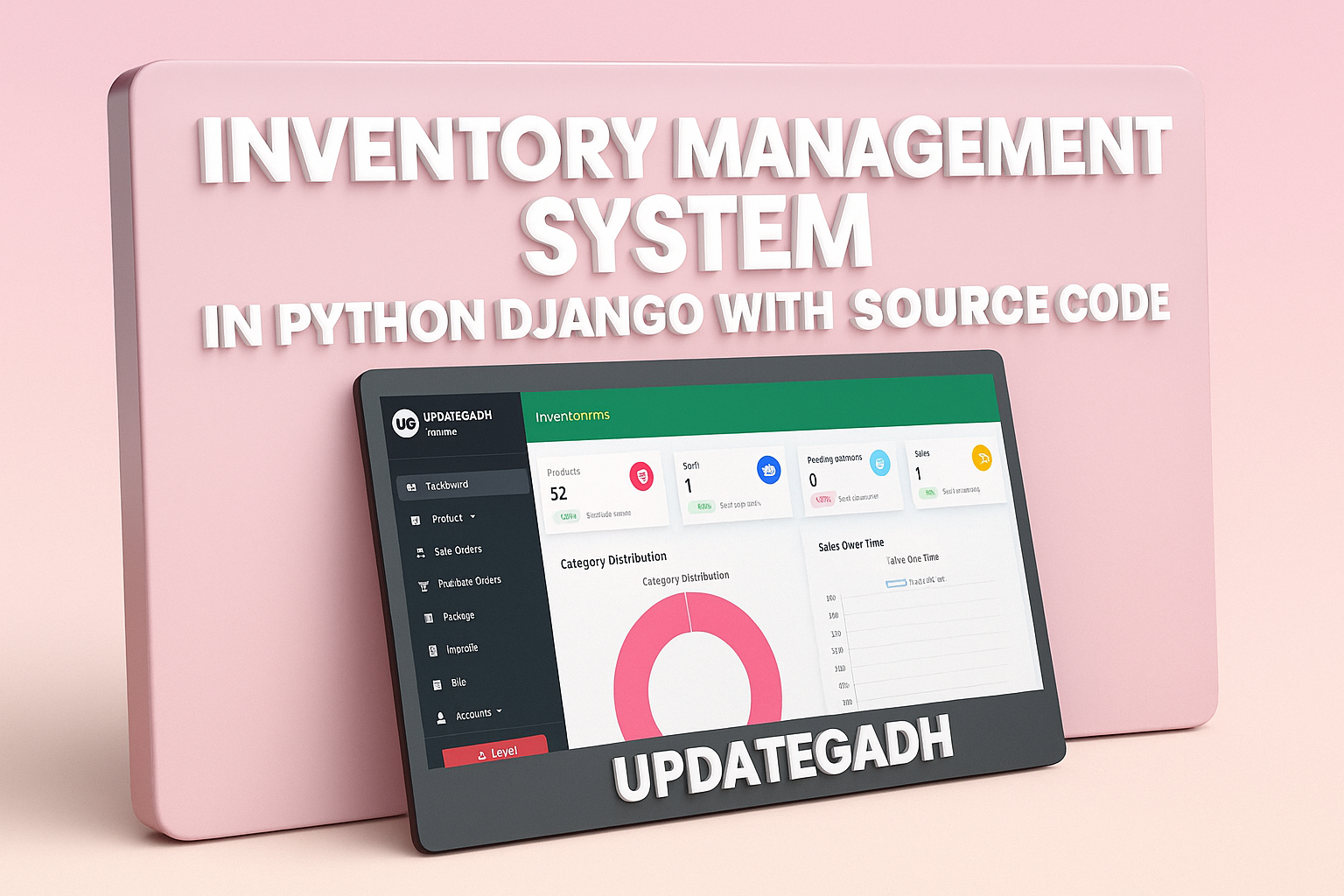
Inventory Management System in Python Django with Source Code – A Complete Business Solution
Inventory Management System
Overview
A completely functional project using Python and the Django Web Framework that is built on an inventory management system. All the essential functionalities that first-year IT students can utilise for their college projects are included in the Django project below. It offers several significant features that will enable consumers to control their inventories (codeastro.com). The idea behind this system and the web application is straightforward, consistent with real-world situations, and effectively implemented. Please find the Download button at the bottom of this post to obtain the free inventory management system project in Python Django with source code files.
This application is powered by Django, a robust Python framework, and designed with modern web practices. It integrates Bootstrap for responsive layouts and Ajax for smooth, dynamic operations. The result is a professional-grade business management tool that simplifies daily workflows while offering an intuitive experience.
| Project Name | Django Inventory Management System |
|---|---|
| Language | Python (Django Framework) |
| Python Version (Recommended) | 3.12 |
| Database | SQLite |
| Type | Web Application |
Download New Real Time Projects :-Click here
Description
The Django Inventory Management System is a well-rounded business application that brings together the essential modules needed to run small and medium-sized enterprises. Unlike basic inventory trackers, this project goes beyond stock management by integrating billing, invoicing, and customer-vendor relationships.
The system is structured around Django’s robust model–view–template architecture, ensuring that operations are secure, maintainable, and easy to extend. Businesses using this system benefit from:
- Automated Processes – Reduce manual entries and errors through automated billing and stock updates.
- Unified Data Management – Keep vendors, customers, inventory, and financial transactions all in one place.
- Modern Interface – Bootstrap ensures that the application works seamlessly on desktops, tablets, and mobile devices.
- Interactive Transactions – Ajax provides real-time updates, especially during sales creation, without page reloads.
By combining functionality with usability, the project stands out as a practical tool for companies aiming to digitize their operations.
Prerequisites
To work with the Django Inventory Management System, a few essentials are required:
- Python Installed: The project is designed to run on Python 3.12.
- Django Basics: A general understanding of Django will help in managing configurations and extending features.
- SQLite Database: Since the project uses SQLite by default, no separate database installation is needed.
These prerequisites ensure that developers and businesses alike can get started quickly, regardless of their system setup.
Installation
The project offers two main installation approaches: with Docker and without Docker. Both methods are designed to make setup convenient, depending on the user’s environment.
With Docker
Build the Docker image:
docker build -t sales-and-inventory-management:1.0 .
Run the Docker container:
docker run -d -p 8000:8000 sales-and-inventory-management:1.0
Without Docker
On Linux
Set up a virtual environment:
python3 -m venv venv
source venv/bin/activate
Install dependencies:
pip install -r requirements.txt
Apply migrations and run the server:
python manage.py migrate
python manage.py runserver
On Windows
Set up a virtual environment:
python -m venv venv
venv\Scripts\activate
Install dependencies:
pip install -r requirements.txt
Apply migrations and run the server:
python manage.py migrate
python manage.py runserver
Available Features
The Django Inventory Management System comes equipped with a comprehensive set of features that make it more than just an inventory tool:
- User Profiles – Manage different user roles, including staff and administrators.
- Customer and Vendor Management – Add, update, and track customer and vendor details for smooth operations.
- Inventory Management – Maintain up-to-date records of stock levels, purchases, and sales.
- Billing and Invoicing – Generate accurate bills and invoices with minimal effort.
- Sales Management with Ajax – Create and update sales dynamically without page reloads, enhancing speed and user experience.
- Bootstrap-Integrated Design – A clean and modern interface that adapts to all screen sizes.
These features ensure that businesses can manage their operations comprehensively and efficiently, all within one platform.
We have projects Available in all languages:–Click Here
Conclusion
The Django Inventory Management System by UPDATEGADH is a powerful and practical solution for businesses looking to streamline their operations. From handling inventory and vendors to generating invoices and managing customers, this system consolidates all essential functions into a single application.
Its reliance on Django ensures a secure, scalable backend, while Bootstrap and Ajax contribute to a modern, responsive front-end experience. Whether installed through Docker or traditional methods, the system is designed to be straightforward and efficient.
By integrating usability with advanced functionality, the Django Inventory Management System provides businesses with a dependable tool to enhance productivity and ensure accuracy in daily operations.
inventory management system-django github
inventory management system django source code
building a backend api for a simple inventory management system using django rest framework
inventory management system project in python with source code
inventory management system project in python free download
inventory management system project github
inventory management system with source code
inventory management github python
inventory management system using django github
inventory management system using django with source code
inventory management system using django using python
inventory management system using django example


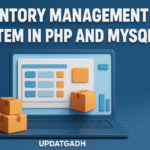




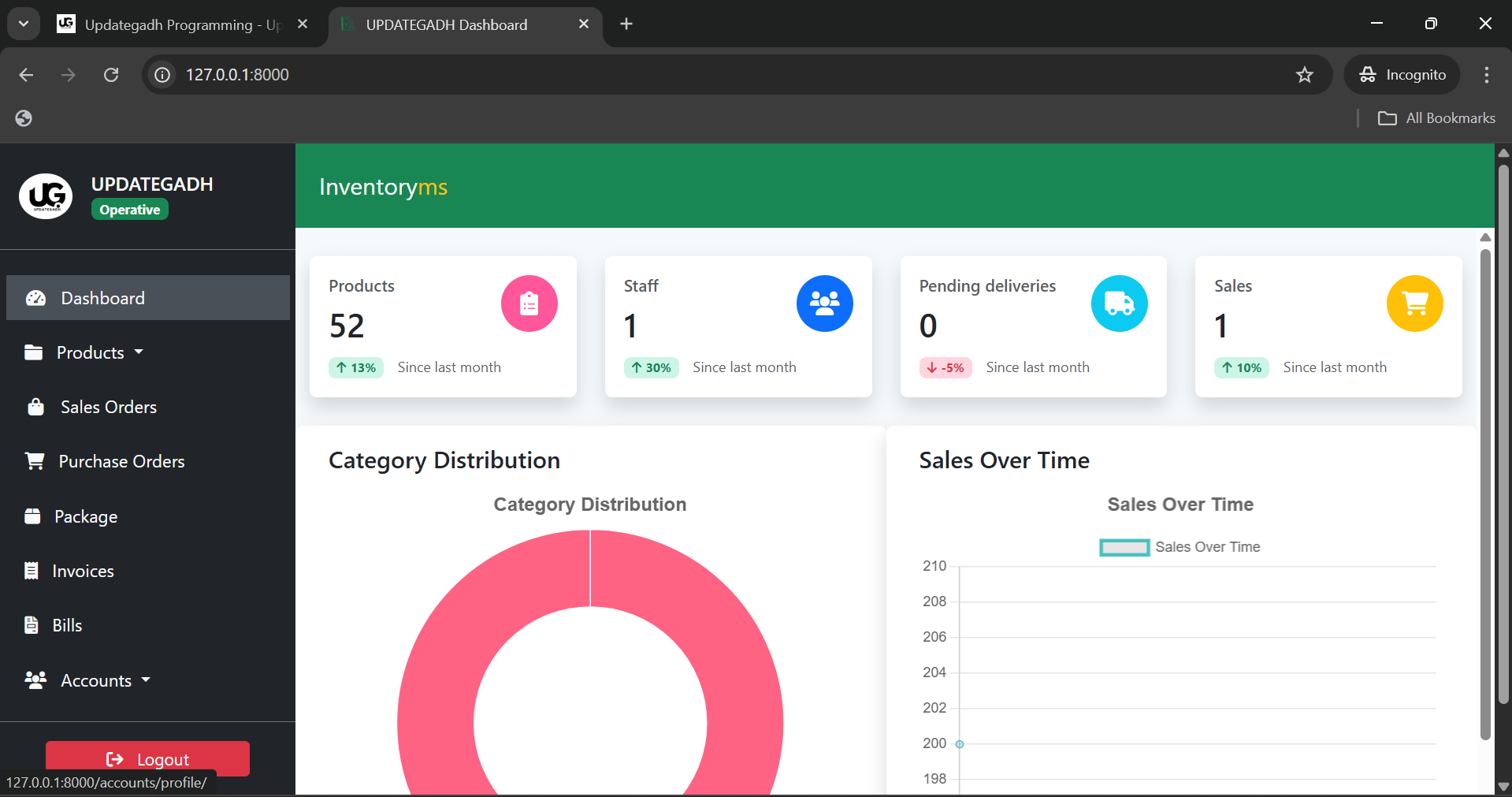
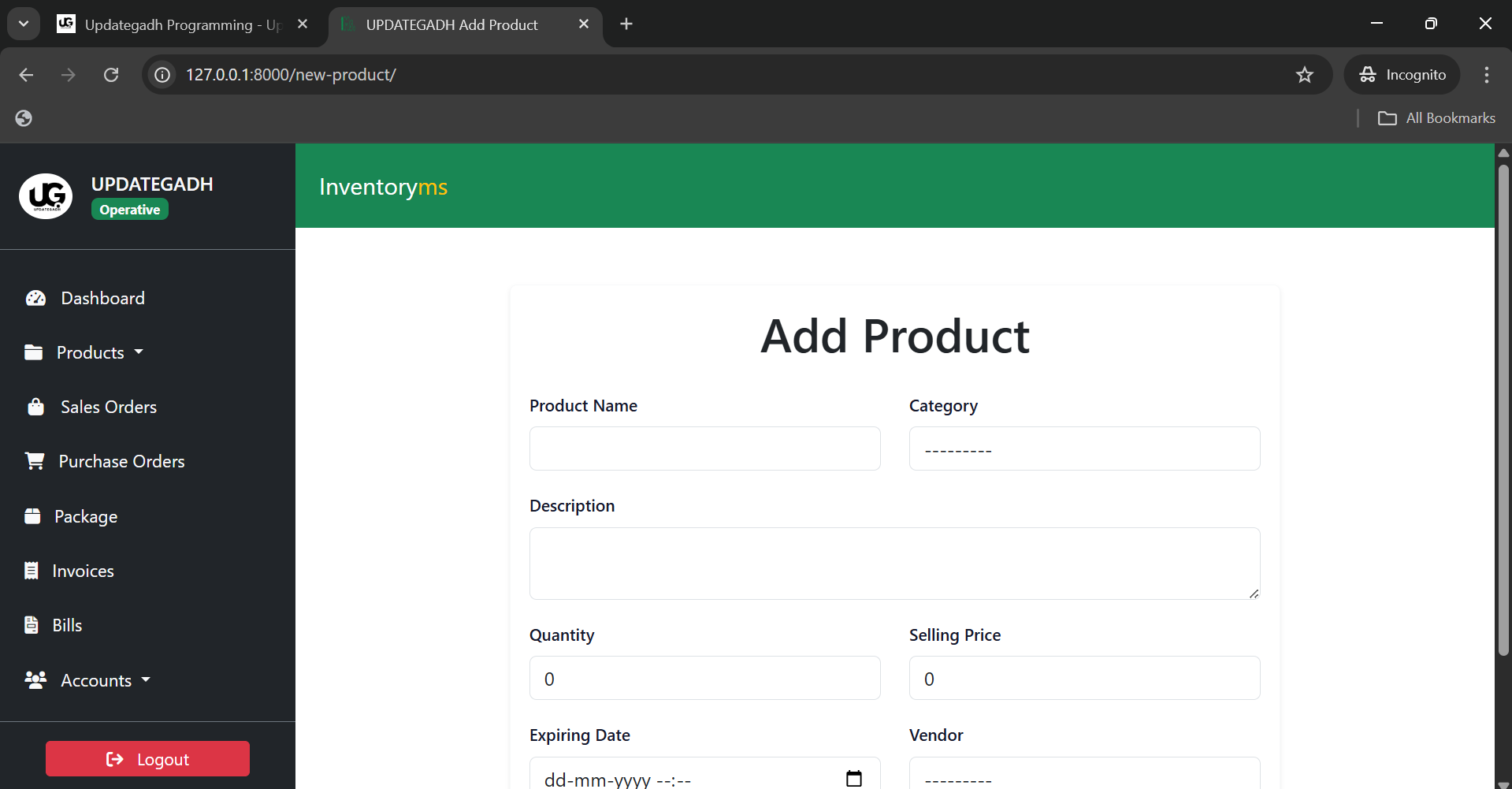
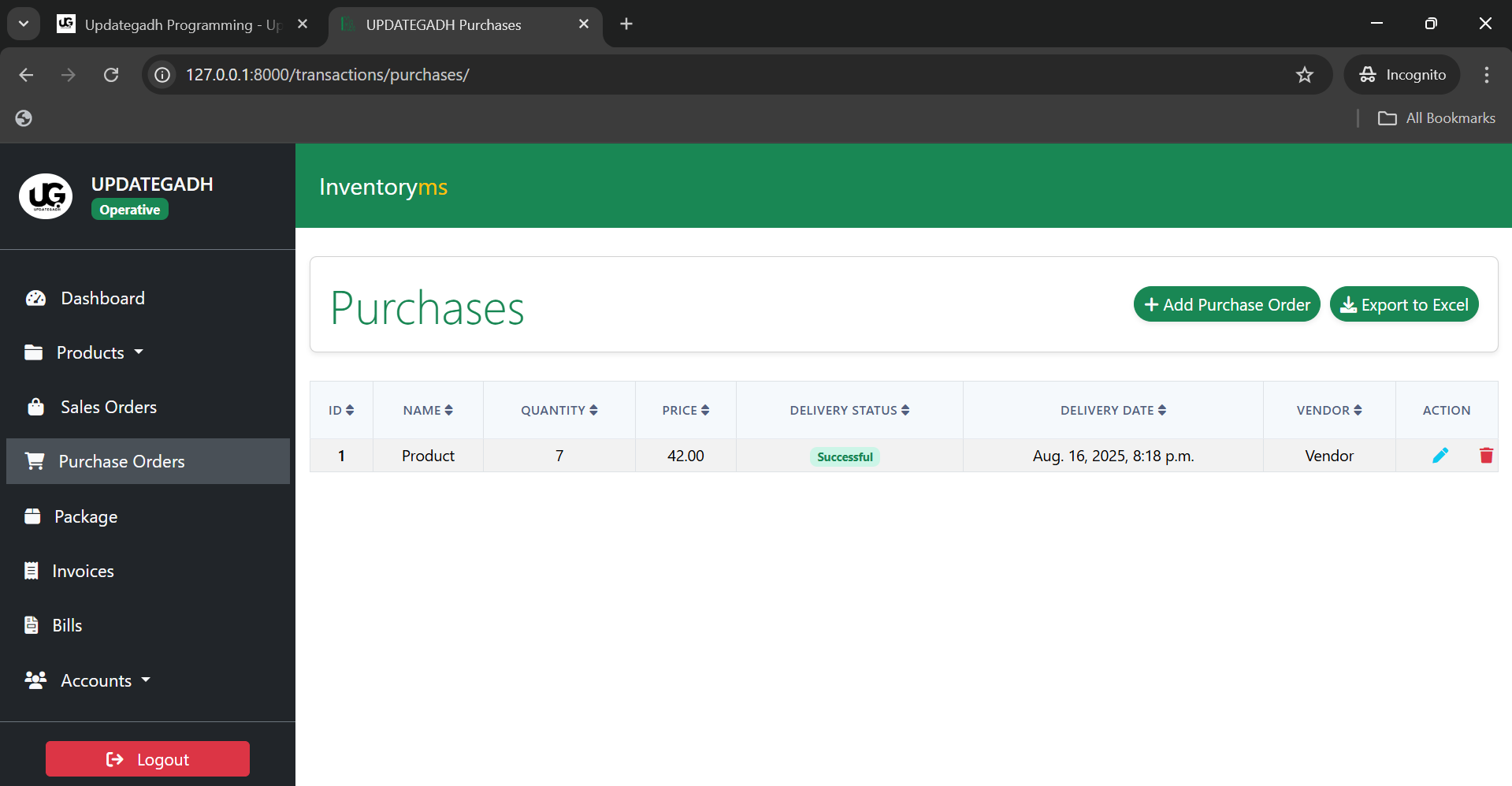
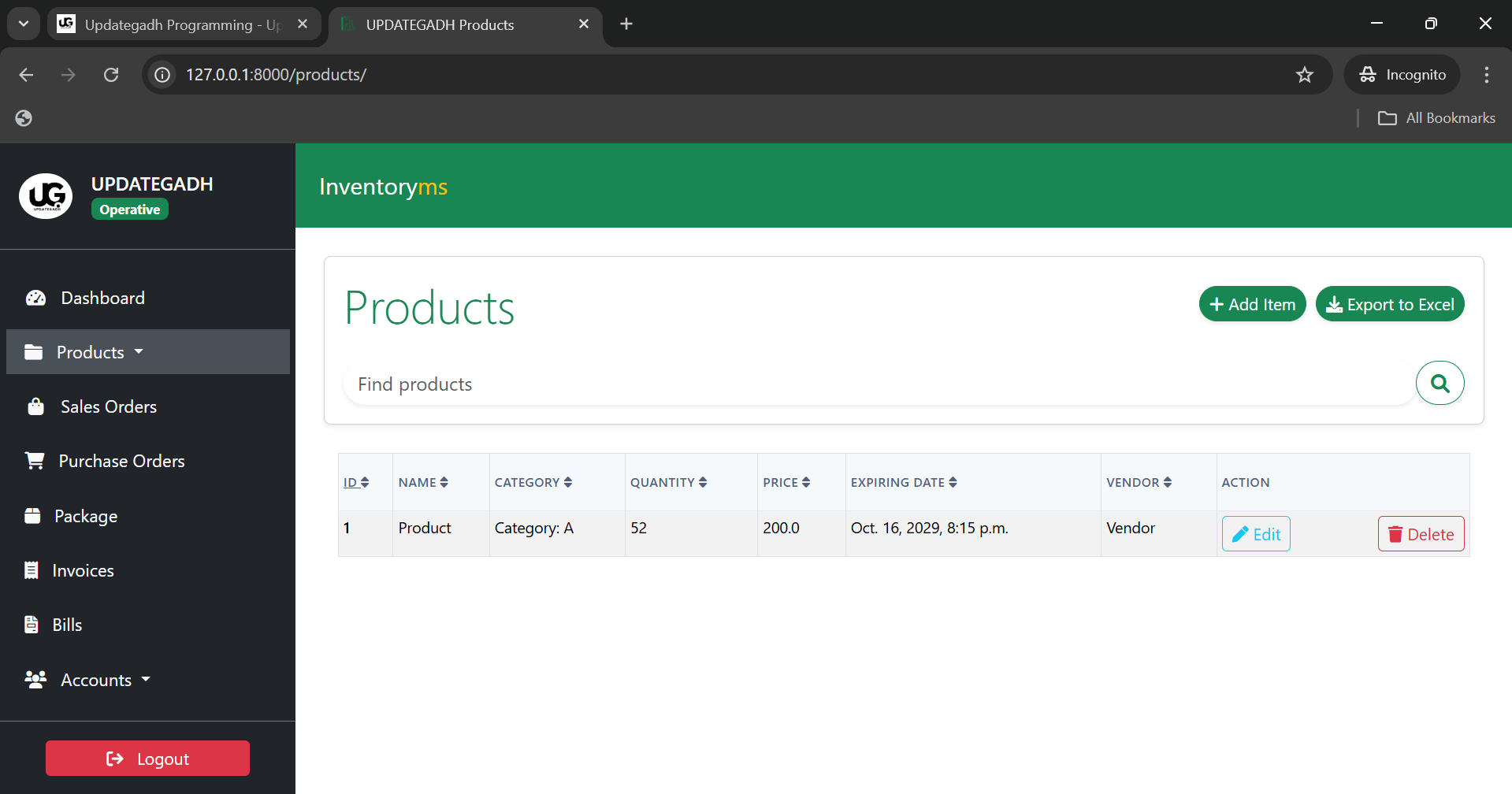



Post Comment